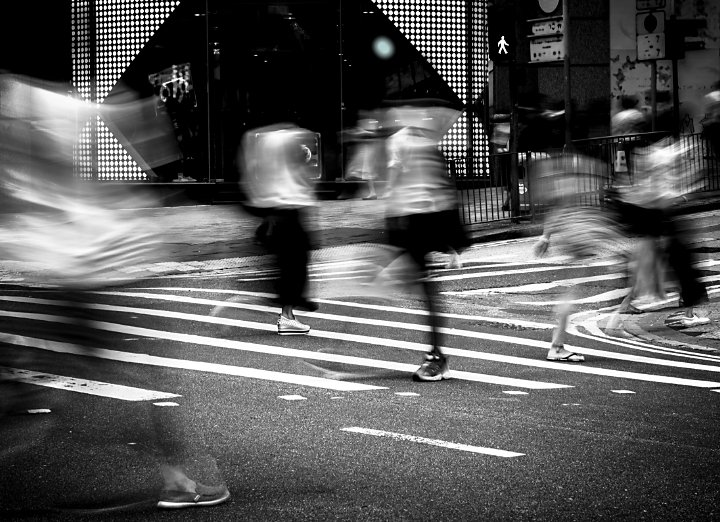More About Framing Streets
Wiki Article
Little Known Questions About Framing Streets.
Table of ContentsSome Known Incorrect Statements About Framing Streets Little Known Questions About Framing Streets.The 8-Minute Rule for Framing Streets8 Easy Facts About Framing Streets Explained

Both at the Museum of Modern Art (Mo, MA). Motivated by Frank, in the 1960s Garry Winogrand, Lee Friedlander and Joel Meyerowitz began photographing on the streets of New York. Phil Coomes, composing for BBC News in 2013, stated "For those of us interested in street digital photography there are a couple of names that stick out and one of those is Garry Winogrand"; critic Sean O'Hagan, writing in in 2014, claimed "In the 1960s and 70s, he defined road digital photography as a mindset as well as a design and it has laboured in his darkness ever because, so clear-cut are his photos of New york city." Returning to the UK in 1965 from the United States where he had fulfilled Winogrand and adopted road digital photography, Tony Ray-Jones transformed a wry eye on typically unique groups of British people on their vacations or taking part in festivals.
Street photography is a large category that can be defined in numerous methods, yet it is usually characterized by the spontaneous catching of an unrepeatable, fleeting minute, often of the daily going-ons of complete strangers. It is classically shot with bigger angle lenses (e. g. 35mm) and typically features metropolitan settings.
How Framing Streets can Save You Time, Stress, and Money.
Docudrama professional photographers normally have a specified, premeditated message and an intention to tape certain occasions in background (https://justpaste.it/d64mt). The range of the docudrama approach includes elements of journalism, art, education and learning, sociology and background. In social examination, docudrama pictures are usually intended to prompt, or to highlight the requirement for, social adjustmentRoad digital photography is usually viewed as unposed and honest, but there are a few street digital photographers that communicate with unfamiliar people on the roads and take their pictures. Street portraits are unplanned portraits taken of this page strangers while out doing road photography, nonetheless they are viewed as postured due to the fact that there is communication with the subject.
Photographing individuals and places in public is legal in most nations protecting freedom of expression and journalistic flexibility. There are normally limits on how images of people might be used and most nations have certain legislations regarding individuals's privacy.
Getting The Framing Streets To Work
The right to personal privacy is protected by Article 8 of the convention. In the context of photography, it stands at probabilities to the Article 10 right of civil liberty. Because of this, courts will normally think about the public interest in balancing the rights through the lawful test of proportionality. While also limiting digital photography in order to safeguard privacy civil liberties, street photography can still be legal in France when pursued as an art type under certain situations.
. who simply wandered right into a scene), or who are not even recognizable in the image. https://www.cheaperseeker.com/u/framingstreets1. It likewise does not normally encompass people who are public numbers (e. g - vivian maier. political leaders or stars). If a picture is taken into consideration art, the courts will additionally take into consideration the professional photographer's freedom of artistic expression; suggesting that "artistic" street digital photography can still be lawfully published in particular situations
The 4-Minute Rule for Framing Streets
Photographing the police and publishing the photos is additionally legal.In Hungary, from 15 March 2014 any individual taking pictures is technically breaking the law if someone wanders into shot, under a new civil code that forbids taking photos without the authorization of every person in the photo - vivian maier. This increases the regulation on consent to consist of the taking of photographs, along with their publication
'Surprise digital photography' (kakushidori concealed, surreptitious digital photography) 'swiped digital photography' (nusumitori without any purpose of obtaining approval) and "quick photography' (hayayori before consent and refusal can be provided) are prohibited unless in the former authorization is gotten from the subject immediately after taking the picture. Individuals have legal rights to their pictures (shzken, droit de picture).
Report this wiki page